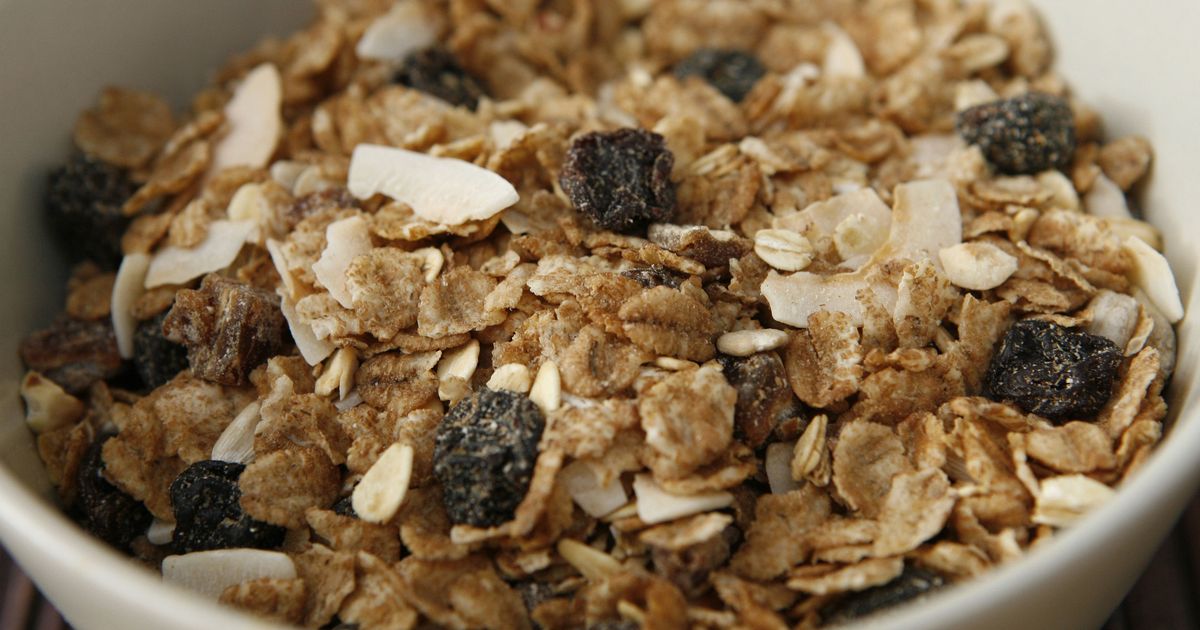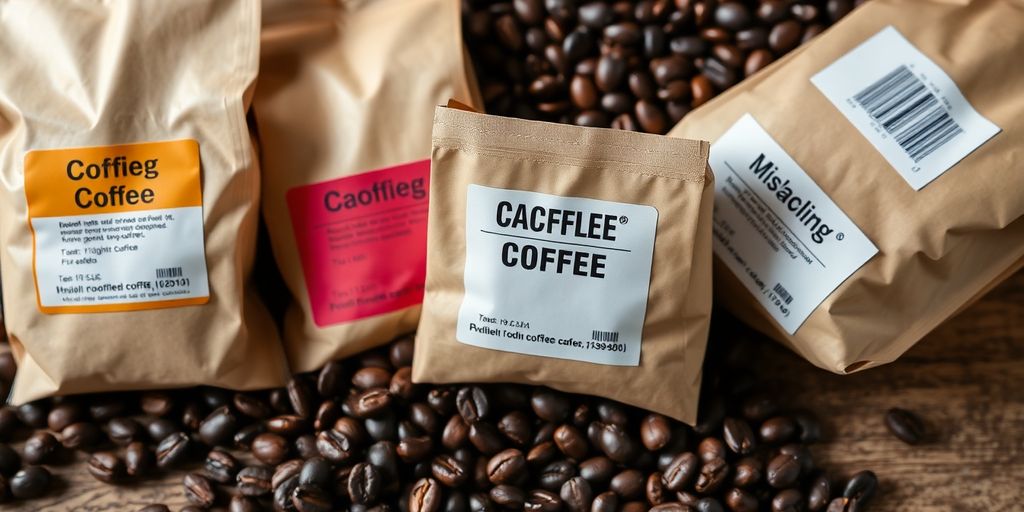The power of fibre in our diet is grossly underestimated by most people. A shockingly tiny fraction of adults—fewer than one in every ten—consume the recommended 30g of fibre each day. Instead, the average daily intake sits at a dismal 20g. This is unfortunate as we’re missing out on a budget-friendly superfood that naturally lowers the risk of chronic conditions such as heart disease and type-2 diabetes. Thus, stepping up fibre intake by an extra 10g every day could prove to be a game changer for our health.
Fibre offers a slew of health benefits. One of its key advantages is maintaining heart health. There’s a significant drop in the risk of heart disease with high levels of fibre alimentation. In fact, a review of 31 studies concluded that people with the highest fibre intake reduced their chances of experiencing a stroke and developing coronary heart disease by up to 24%. This is possible because fibre assists in the reduction of blood pressure and cholesterol. Moreover, fibre aids in maintaining a balanced weight, with oats and barley known to stand out owing to a type of fibre they house—beta glucan—that has been shown to cut cholesterol.
Another noteworthy benefit of fibre is its potential to reduce the risk of type-2 diabetes. Consuming a high amount of fibre-filled whole grains—such as breakfast cereals, oats, dark breads, brown rice, and wheatgerm—has been linked to sort of a shield from type-2 diabetes. Even though it’s unclear how fibre offers this protection, it might be due to improved long-term control of blood glucose levels or the possibility of weight management. After all, weight reduction, even in small quantities, is the prime element in averting type-2 diabetes.
Fibre is also known to keep cancer at bay. A key recommendation from the World Cancer Research Fund is to make whole grains, vegetables, fruits, beans, and lentils a substantial proportion of our day-to-day diet. Solid evidence suggests that whole grains and fibre-rich foods serve as protection against colorectal or bowel cancer. This possibly occurs because fibre aids food transit through the large intestine faster, thus minimizing exposure of any cancer-causing compounds to the bowel. Additionally, some short-chain fatty acids generated by the fermentation of fibre by gut bacteria might offer protection against bowel cancer.
Fibre is essential for happy gut health. Our gut is home to trillions of microbes, including beneficial bacteria, all of which help in maintaining a robust gut. Fibre plays an indispensable role in this process. Beneficial bacteria in the large intestine feast on fibre, decomposing it through fermentation. This leads to the thriving of those healthy microbes, creating vitamins and short-chain fatty acids that bolster the gut lining.
High fibre intake is linked with controlling weight gain. Food with a high fibre content tends to satiate our hunger more, helping us manage our weight. Also, fibre resolves constipation and haemorrhoids, which are complaints that affect a significant proportion of adults. A good amount of fibre in our diet, coupled with increased fluid intake, helps form softer stools that are easier to pass.
Lastly, a high-fibre diet may correlate with longevity. Recent research suggested that higher quantities of fibre reduce the risk of premature death by a significant 23%. A healthier diet overall embodies more plant foods like grains, vegetables, fruits, and pulses which are rich sources of dietary fibre and loaded with vitamins, minerals, antioxidants and other health-beneficial plant compounds.
This brings us to the compelling question: How do we add more fibre to our diets? Here are seven simple suggestions: First, substitute white carbohydrates with brown ones, such as wholewheat pasta noodles, rice, wholemeal bread, and wholegrain breakfast cereals. Second, experiment with carbs such as bulgur wheat, quinoa, and wholegrain barley. Third, never skip breakfast and always opt for whole grains. Fourth, consume more lentils, beans, and chickpeas which are high in fibre. Fifth, strive for more than five servings of fruits and veggies daily. Sixth, using wholemeal flour and dried fruit in homemade breads and cakes can add to your fibre intake. Lastly, don’t hold back on nuts and seeds – sprinkle them on soups and salads or snack on them. With mindful decisions and strategic substitutions, a high-fibre diet is totally achievable, and the health benefits are unrivaled.




